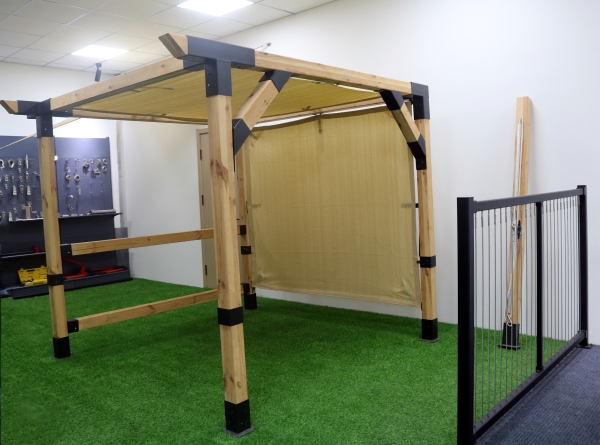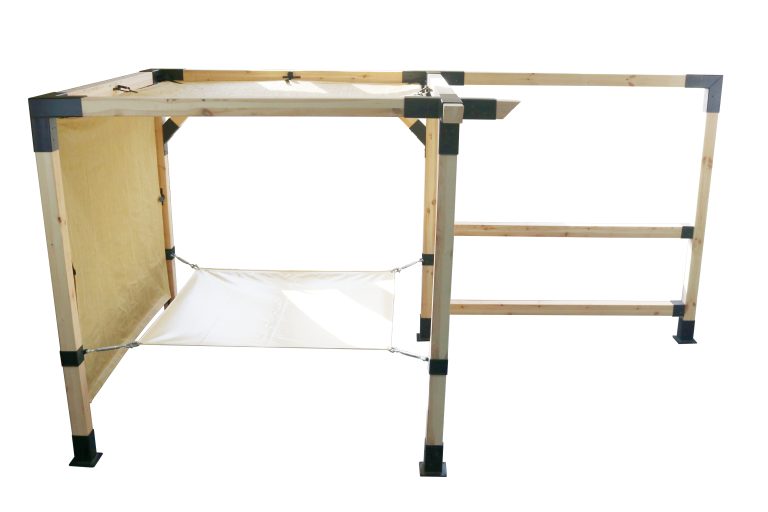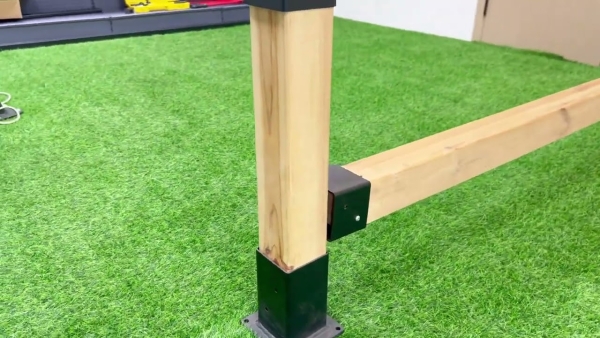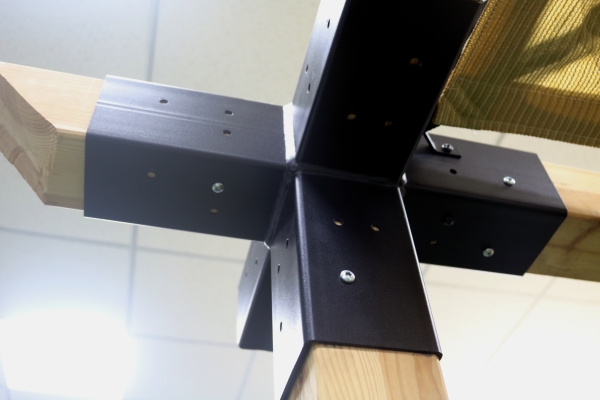Table of Contents
Increased Stability and Durability
Pergolas are a popular outdoor structure that can enhance the aesthetics of a garden or patio. They provide shade, support climbing plants, and create a cozy outdoor living space. However, to ensure the safety and longevity of a pergola, it is essential to anchor it securely to the ground.
Anchoring a pergola provides increased stability, preventing it from being blown over by strong winds or collapsing under heavy loads. This is especially important in areas prone to high winds or severe weather conditions. By anchoring the pergola, you can enjoy peace of mind knowing that it will remain standing even in adverse weather conditions.
In addition to stability, anchoring a pergola also enhances its durability. The constant exposure to the elements can take a toll on outdoor structures, causing them to deteriorate over time. By anchoring the pergola, you can prevent it from shifting or leaning, which can lead to structural damage. This ensures that your pergola will remain in good condition for years to come.
There are several methods for anchoring a pergola, including using concrete footings, ground anchors, or attaching it to an existing structure. Concrete footings are a popular choice as they provide a solid foundation for the pergola. They are typically buried in the ground and provide a stable base for the structure. Ground anchors, such as screw-in anchors or auger anchors, are another option for securing a pergola to the ground. These anchors are driven into the soil and provide a secure hold for the pergola.
Attaching the pergola to an existing structure, such as a deck or patio, is another effective way to anchor it. This method provides additional support and stability, especially in areas with high winds or heavy snow loads. By attaching the pergola to an existing structure, you can ensure that it remains secure and stable.
Regardless of the anchoring method used, it is important to follow the manufacturer’s instructions and local building codes to ensure that the pergola is properly anchored. This will help prevent accidents and ensure the safety of those using the pergola.
In conclusion, anchoring a pergola is essential for increased stability and durability. By securing the pergola to the ground, you can prevent it from being blown over by strong winds or collapsing under heavy loads. This ensures the safety of those using the pergola and prolongs its lifespan. Whether using concrete footings, ground anchors, or attaching it to an existing structure, anchoring a pergola is a necessary step in ensuring its longevity and structural integrity.
Safety Concerns and Potential Hazards
Pergolas are a popular outdoor structure that can add beauty and functionality to any backyard or garden. However, many people may not realize the importance of anchoring their pergolas to the ground. Anchoring a pergola is essential for safety reasons and to prevent potential hazards that can arise from strong winds, heavy rain, or other weather conditions.
One of the main reasons why pergolas should be anchored is to prevent them from being blown over by strong winds. Pergolas are typically made of lightweight materials such as wood or aluminum, which can easily be lifted by a strong gust of wind. If a pergola is not properly anchored, it can topple over and cause damage to property or injure people nearby. By anchoring a pergola securely to the ground, you can ensure that it remains stable and upright even in the face of strong winds.
Another reason why anchoring a pergola is important is to prevent it from shifting or moving during heavy rain or other weather conditions. If a pergola is not anchored, it can become unstable and shift out of place, potentially causing damage to the structure itself or any nearby objects. By anchoring a pergola securely to the ground, you can ensure that it remains in place and does not shift or move during inclement weather.
In addition to safety concerns, there are also potential hazards associated with pergolas that are not properly anchored. For example, an unanchored pergola can become a tripping hazard if it shifts or moves out of place. This can pose a risk to anyone walking near the pergola, especially children or elderly individuals who may be more prone to accidents. By anchoring a pergola securely to the ground, you can eliminate the risk of it becoming a tripping hazard and ensure the safety of anyone in the vicinity.

Furthermore, an unanchored pergola can also pose a risk of damage to surrounding structures or property. If a pergola is not securely anchored, it can shift or topple over during a storm, causing damage to fences, buildings, or other objects nearby. This can result in costly repairs and potential liability issues for the pergola owner. By anchoring a pergola securely to the ground, you can prevent it from causing damage to surrounding property and ensure the safety of your outdoor space.
In conclusion, anchoring a pergola is essential for safety reasons and to prevent potential hazards that can arise from strong winds, heavy rain, or other weather conditions. By securely anchoring your pergola to the ground, you can ensure that it remains stable and upright, prevent it from shifting or moving during inclement weather, eliminate the risk of it becoming a tripping hazard, and avoid damage to surrounding structures or property. Overall, anchoring your pergola is a simple yet important step to take to ensure the safety and stability of your outdoor space.







